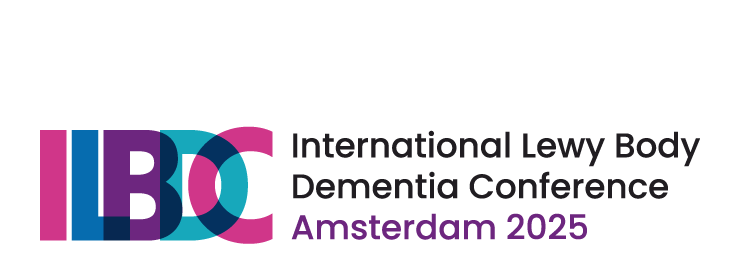Plenary IV: Co-Pathology in DLB
Plenary IV: Co-Pathology in DLB
Thursday Jan 30th 9-9:30 AM
David J. Irwin, MD
Department of Neurology
University of Pennsylvania Perelman School of Medicine
While the main neuropathologic substrate for the core clinical symptoms of Lewy body dementias (LBD) is alpha-synuclein inclusions in Lewy bodies (LBs) and Lewy Neurites (LNs), there is considerable clinical and pathological heterogeneity that is less understood. Indeed, there is increasing recognition of the contribution of multiple age-related neuropathologies in the development of cognitive impairment of aging, including LBD. Most notably, there is significant genetic and pathologic overlap of LBD with Alzheimer’s disease neuropathologic change (ADNC; i.e. tau neurofibrillary tangles, threads and amyloid-beta plaque pathology). Moreover, in most autopsy cohorts, ~70% of Dementia with Lewy bodies (DLB) and ~40% of Parkinson’s’ disease with dementia (PDD) patients, have sufficient plaque and tangle pathology for a secondary diagnosis of medium-to-high levels of ADNC. The presence of significant ADNC co-pathology in LBD postmortem is associated with a higher burden of neocortical LBs/LNs and confers a worse prognosis with a shorter time to develop dementia and shorter overall survival, suggesting synergy between alpha-synuclein and ANDC pathology, as observed in experimental cell/animal model systems. Further, ADNC co-pathology in LBD is also associated with impairment in specific non-core cognitive domains of episodic memory and language, as well as greater motor postural instability. These retrospective postmortem observations are largely recapitulated in living LBD cohorts with the use of established biofluid and imaging biomarkers of amyloid and tau pathology. Thus, ADNC co-pathology is common in LBD and has a strong clinical influence on the heterogeneity of LBD. Other age-related pathologies likely also contribute to clinical heterogeneity and prognosis in LBD, including limbic-predominant age-related TDP-43 encephalopathy (LATE), chronic cerebrovascular brain injury and neuroinflammation. Future work with autopsy-confirmation will help establish new biomarkers that are sensitive and specific to these multiple age-related pathologies. The use of multiple markers for these various co-pathologies will further help biologically characterize living LBD patients for improved clinical diagnosis/prognosis and inform clinical trial designs for both symptom-based and disease modifying therapeutics
